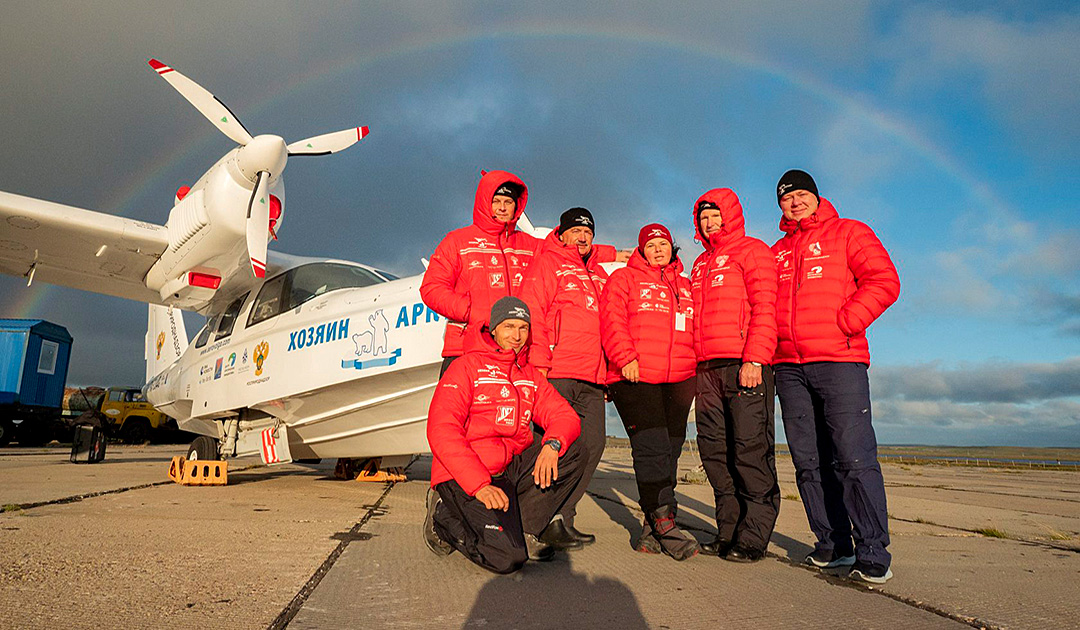
In the summer of 2021, expedition members will gather information about the polar bear population and its distribution on local islands and along the coast as part of the Master of the Arctic environmental project. As the Russian information platform arctic.ru reports, this is already the second part of the research flights. The first part of the expedition ended last September. Participants flew over 10,000 km on previously mapped sea and coastal routes.
The areas under surveillance included the northern part of the Yamal Peninsula, the eastern coast of the Gyda Peninsula, the islands of Novaya Zemlya, as well as some adjacent islands, the coastal regions, and the mouth of the Ob River.
The research was initiated by Rosprirodnadzor, the Federal Natural Resources Monitoring Service in collaboration with the Clean Seas International Environmental Foundation.

Aerial surveys of polar bears and marine mammals this year begin in Yakutia. “During this expedition we will be able to understand what is happening to the population, how the bears are moving, what is happening to the ice conditions and what the overall environmental agenda should be. This will help us legislate human relations with Arctic fauna,” said Rustam Romanenkov, deputy director general of the Arctic Initiatives Center.
Expedition organizers said this year’s research would be conducted in two parts. In the first part, experts will explore the sparsely populated areas of the Laptev Sea and the East Siberian Sea. The airfield Tiksi is the starting point for 10 flight routes with a length of at least 1’000 km each. All aerial photography is conducted from an L-410 “flight lab”.

In the second part, the researchers plan to study the movements of polar bears on Franz Josef Land using GPS collars. The research vessel “Mikhail Somov” will leave for the archipelago in June 2021.
“This ship has helicopters on board, so we can study the areas and waters of Franz Josef Land without additional long approaches,” said ecologist Ilya Mordvintsev, an expert on climate and ice conditions from the Severtsov Institute of Ecology and Evolution at the Russian Academy of Sciences.
He added that during the expedition, researchers were instructed to study the distribution of polar bears on the islands and straits of Franz Josef Land, anesthetize them and put GPS collars on them.
“This way, in the future, we will be able to track when polar bears leave the islands or if some of them will stay. In addition, we can monitor the movements of different mothers with offspring to see how female bears move with their cubs, whether they wander on the ice and how they hunt with them,” said Ilya Mordvintsev. This is good news for understanding the difficult living conditions of polar bears in the time of climate change.
Heiner Kubny, PolarJournal
More on the subject:





